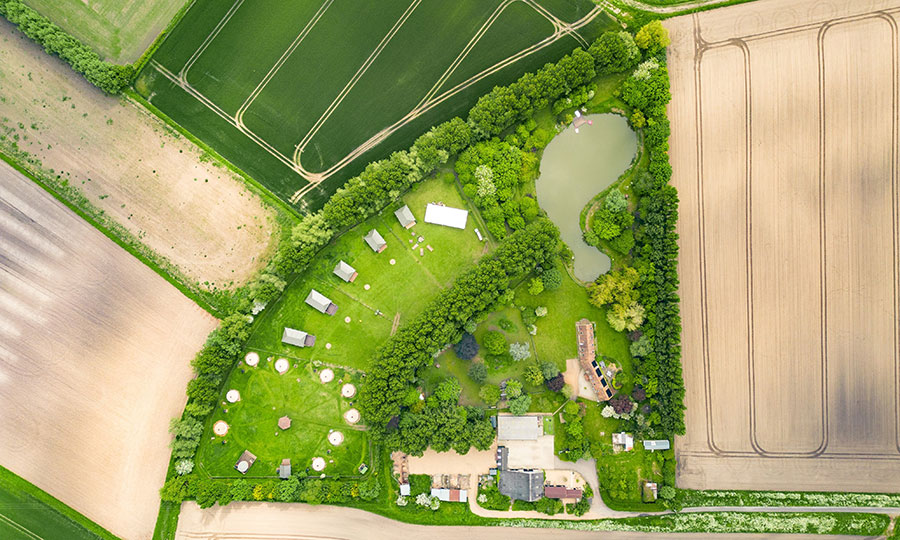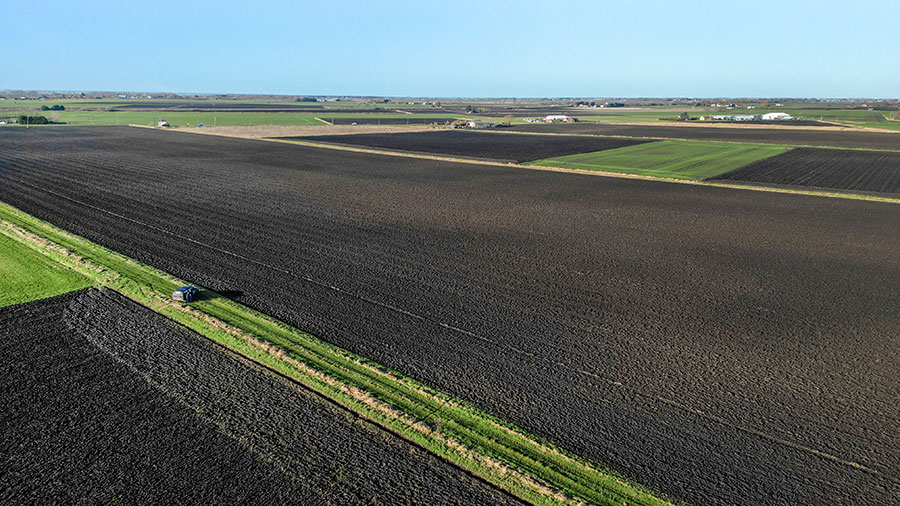Trends and opportunities in the rural property market
1st April 2024
Rural properties and farmland in the UK offer a diverse range of opportunities and investments, with various sectors experiencing distinct cycles of growth and change. For farmers and landowners, understanding these trends is crucial for making informed decisions about their investments. Carter Jonas delves into the current state of the market across different sectors.

Farmland (on the rise)
The appetite for commercial farmland continues to get stronger. A noticeable uptick in supply is being matched by unwavering demand, driving up guide prices.
An example is 76.97 acres at Pymoor near Ely on the market in four lots at a guide equivalent to £9,484 per acre. Other land has sold in the area recently at over £11,000 per acre which supports buyers’ confidence in bringing forward bids.
This upwards pressure is reflected across the arable market.
Some buyers specify that they want land with development potential, while others recognise that the pressure on land from multiple opportunities (notably renewable energy, minerals, water storage, leisure, natural capital and development) means that almost any land parcel has potential for alternative uses.
Residential farms (on the upswing)
The market for residential farms has fluctuated. In 2021 there was a surge out of cities into rural areas, with 2022 and 2023 seeing that reverse a little. Those years also suffered from the significant changes in interest rates, causing the cost of borrowing to rocket.
2024 has opened with a little more optimism about the direction of travel for interest rates. This appears to be opening the market to more buyers and, of course, we are back to those who want to take up the opportunity to buy more space and a more peaceful lifestyle.
The year ahead does, therefore, look like a good time to market a residential farm. Our recent offer to the market in Ruses Farm at Saffron Walden meets that requirement with a family home, plenty of space on the land to bring forward your own ideas and amenity woodland managed by the Forestry Commission.
A soon-to-launch offering of a house, farm buildings and 24 acres of land near Cambridge will take advantage of the smallholding market where we are seeing much more interest.
Leisure properties (declining)
Two recent offerings reflect changes in the leisure marketplace. 2020 and 2021 saw more demand for holidays in the UK, leading to investment in the sector.
2023 saw a contraction in interest for these sites, but the loosening in the finance market may well heat this market back up.
Sites such as Head Fen Country Retreat at Ely £1,500,000 (guide price) and Horsley Hale Farm at Littleport £1,700,000 (guide price) will test the marketplace and show us the direction of travel for leisure property.
Amenity/environmental land (on the rise)
There does seem to be an ever-increasing interest in owning a small part of countryside. This market has shifted over the last year. While the focus was previously on land reused for horse paddocks, there are now many more options.
For instance, people are buying woodland simply to enjoy the outside life and charities are acquiring small blocks of land to protect existing ecosystems or boost biodiversity to meet their environmental objectives.
A larger scale market exists for the purchase of land for habitat creation. This has important implications for the farmland market, with the increase of ‘green money’ in the market being one of several factors influencing farmland values.
In conclusion, the UK rural property market offers a spectrum of opportunities for farmers and landowners. Understanding these market dynamics is essential for capitalising on emerging trends and making informed investment decisions in this ever-evolving landscape.
Carter Jonas has a range of properties on the market:



Find out the value of your farm today with a free valuation* from Carter Jonas here.
